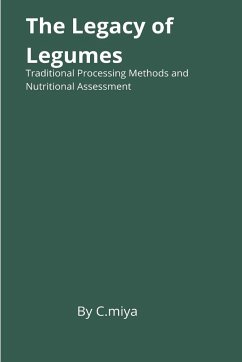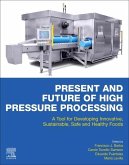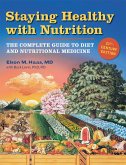People in most parts of the world ate cereal grains and bean grains every day before they knew how to choose good foods. Since the beginning of gardening, grain beans have been grown (Roberts, 1976).Depending on the environment, some types of beans have become more popular than others. People who live in the tropics and subtropics are more likely to eat beans than those who live in colder places. In cold places, where there are a lot of animal foods, it is sometimes replaced by animal foods or isn't eaten at all. All over the world, legumes are thought to be one of the best places to get protein, mostly because they have a lot of protein. In terms of human diet, it seems that the most important thing about beans is that they can help balance out meals that are mostly made of grains. Animal protein is more nutritious than veggie protein, but only if the right grains and beans are used. The amount of legumes added to cereal is more important than just having cereal and legumes together if you want to restore the protein in cereal. Since cereals are easy to find and not too expensive, most people choose to eat more cereals and less legumes than they should. To make up for the lack of calories, people needed more grains much sooner than they needed more beans. These kinds of efforts led to the "green revolution."By bringing in a few high-yielding types, the amount and quality of grains were both raised.Because of this, from 1964 to 1977, some land that had been used to grow peas was changed into land that was used to grow grains. Because of this, the already small amount of beans each person ate went down even more.Scientists and people in government took this effect very seriously.People all over the world, especially in emerging nations, are reading books again because of this. The Proteio dviSQry Group or the United Nations held a meeting in 1972 called "Nutritional Improvement of Grain Lands by Breeding" to improve people's nutrition. This shows that people are becoming more interested in this topic. Increase your ability to make things, adapt, and give good results.Elgwaaa was brought up as an important part of the making process. It was also suggested that we try to grow types that are healthy and taste better when cooked (PAG, 1973). At its last meeting in 1973, the Latin American Nutrition Society talked about the nutritional worth of ordinary beans and other legumes as food for both people and animals. It also had a number of ideas for more research on beans (Jaffe, 1973). In 1975, in Hyderabad, India, there was an International Workshop on Grain Legumes. There, people talked about the chances of making chickpea and pigeonpea varieties that give high yields in the semiarid tropics.As a result of these attempts to boost output, SWamiaathaa and Jain (1973) released a number of types of beans with high yields. By moving crops around, more protein could be made on the same amount of space and in the same amount of time. They made short-lived types with high yields that can be used for more than one crop.Since breeding methods can cause big differences in the amount of nutrients and harmful substances in a food, the new types must go through careful nutritional testing before they can be sold.








